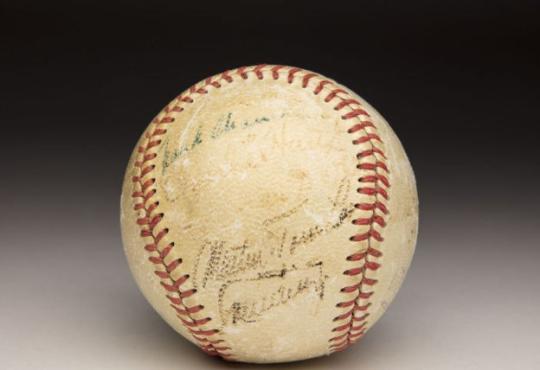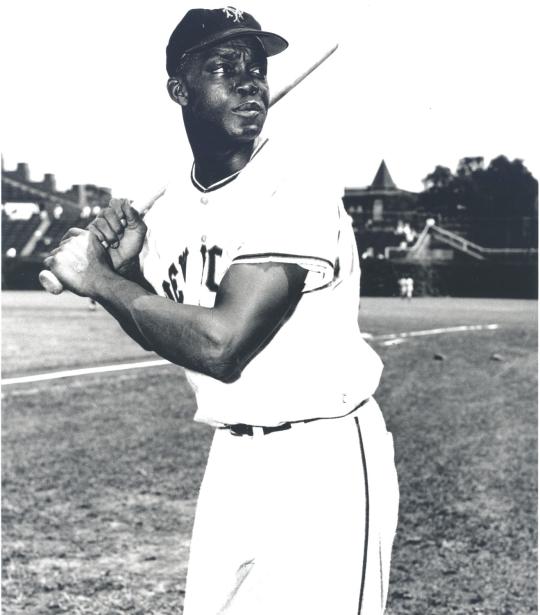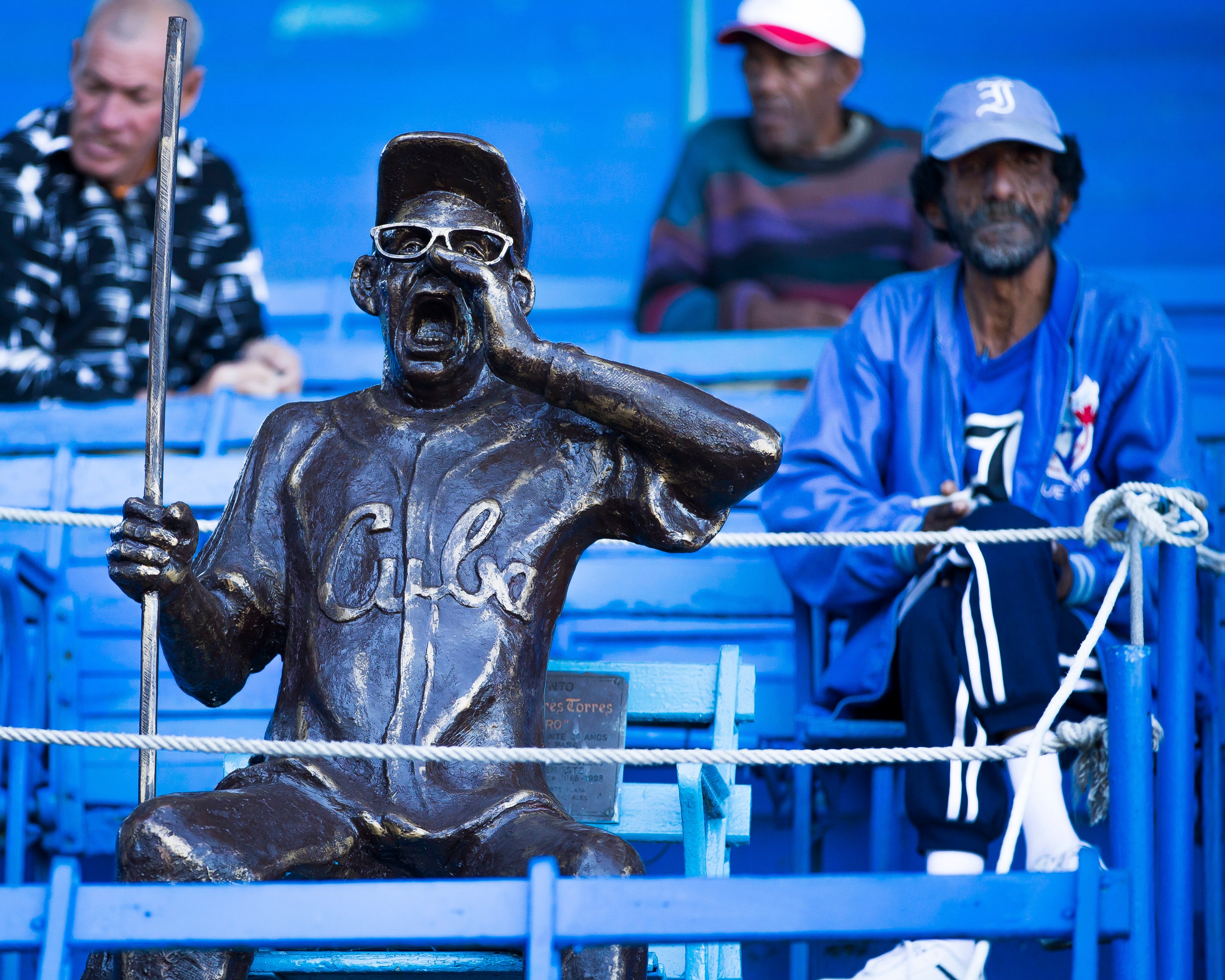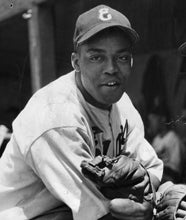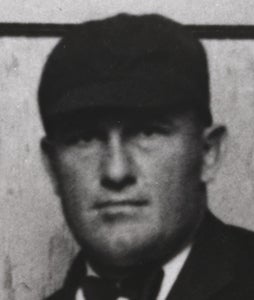- Home
- Our Stories
- #Shortstops: Taking the Series worldwide
#Shortstops: Taking the Series worldwide
The 1949 major league World Series took place in early October of that year, and featured 10 future Hall of Famers – including Yankees manager Casey Stengel and umpire Cal Hubbard.
But the matchup between the Dodgers and the Yankees was not the first World Series of 1949. Eight months earlier, another Series took place, and it too featured a future Hall of Famer.
Hall of Fame Membership
There is no simpler, and more essential, way to demonstrate your support than to sign on as a Museum Member.
Following the end of World War II, baseball was booming across the United States and throughout much of Latin America. In November of 1947 the Associated Press first reported that the possibility of a “Caribbean World Series” was being considered by the National Association of Professional Baseball Leagues.
“Conferences with representatives of baseball from Cuba, Mexico, Panama, Venezuela and Puerto Rico about possible expansion of organized baseball to these nations are scheduled along with the annual minor league convention at Miami.”
Sure enough, in the Dec. 10, 1947 issue of Sporting News, Edgar G. Brands wrote that “At the minor leagues’ convention in Miami last week, representatives of leagues in Venezuela, the Republic of Panama and Puerto Rico expressed their intention of joining Cuba under the protective wing of the National Association, with the privileges which this will bring.”
Four months later, officials from Cuba, Panama and Puerto Rico established the Caribbean Professional Baseball Federation. Venezuela joined shortly thereafter – and it was Venezuelan official Oscar Prieto Ortiz who helped push to make the Caribbean Series a reality.
Tournament play began on Feb. 20, 1949 in Havana, Cuba, with four teams representing each of the founding countries: Almendares (Cuba), Cervecería Caracas (Venezuela), Spur Cola (Panama) and Indios de Mayaguez (Puerto Rico). Each team had previously been crowned the champion of their league.
In a release from the AP, it was reported that “Cubans proudly call [the Caribbean World Series] the nearest thing to a world series ever played in professional baseball. The world series of the United States, they explain, is merely an inter-league series.”
The tournament lasted six days, with two games played per day. Only Caracas featured a roster made up entirely of players from its own nation, with the other three teams calling upon players from the United States, including, in the case of Almendares, future Hall of Famer Monte Irvin.
Irvin was a year-round ballplayer at the time, playing for the Newark Eagles during the Negro Leagues’ regular season and then traveling south to play in the Caribbean. He played in Puerto Rico from 1940-42, then joined the Mexican League’s Veracruz Blues. His stint in Mexico was brief – just 63 games – but his torrid .397/.502/.772 (approx.) performance was enough to have him eventually enshrined in the Mexican Salón de la Fama.
After three years of serving in the U.S. Army, Irvin returned to Newark and, later, to Puerto Rico. He joined Almendares in 1947 and helped power the Cuban team to victory in that first Caribbean World Series. Irvin led the Series in home runs and RBI, but lost out on MVP honors to Cuban-born Agapito Mayor, who got the win in each of his three starts as Almendares swept the tournament.
Irvin, who signed with the New York Giants just a few weeks prior to the 1949 Caribbean Series, made his major league debut later that season and remained in the majors until retiring after the 1956 season.
Cuba continued to dominate the Series until 1961 when Fidel Castro dissolved professional baseball across the island nation and the tournament came to an end. The Series resumed in 1970, and continues to his day.
Among the artifacts preserved in the National Baseball Hall of Fame and Museum’s archives is a ball from the inaugural Caribbean World Series. Signatures cover the leather and, though time has faded their identities away, the ball remains an important piece of baseball history and a reminder of the global nature of the game.
Isabelle Minasian was the digital content specialist at the National Baseball Hall of Fame and Museum
Related Stories
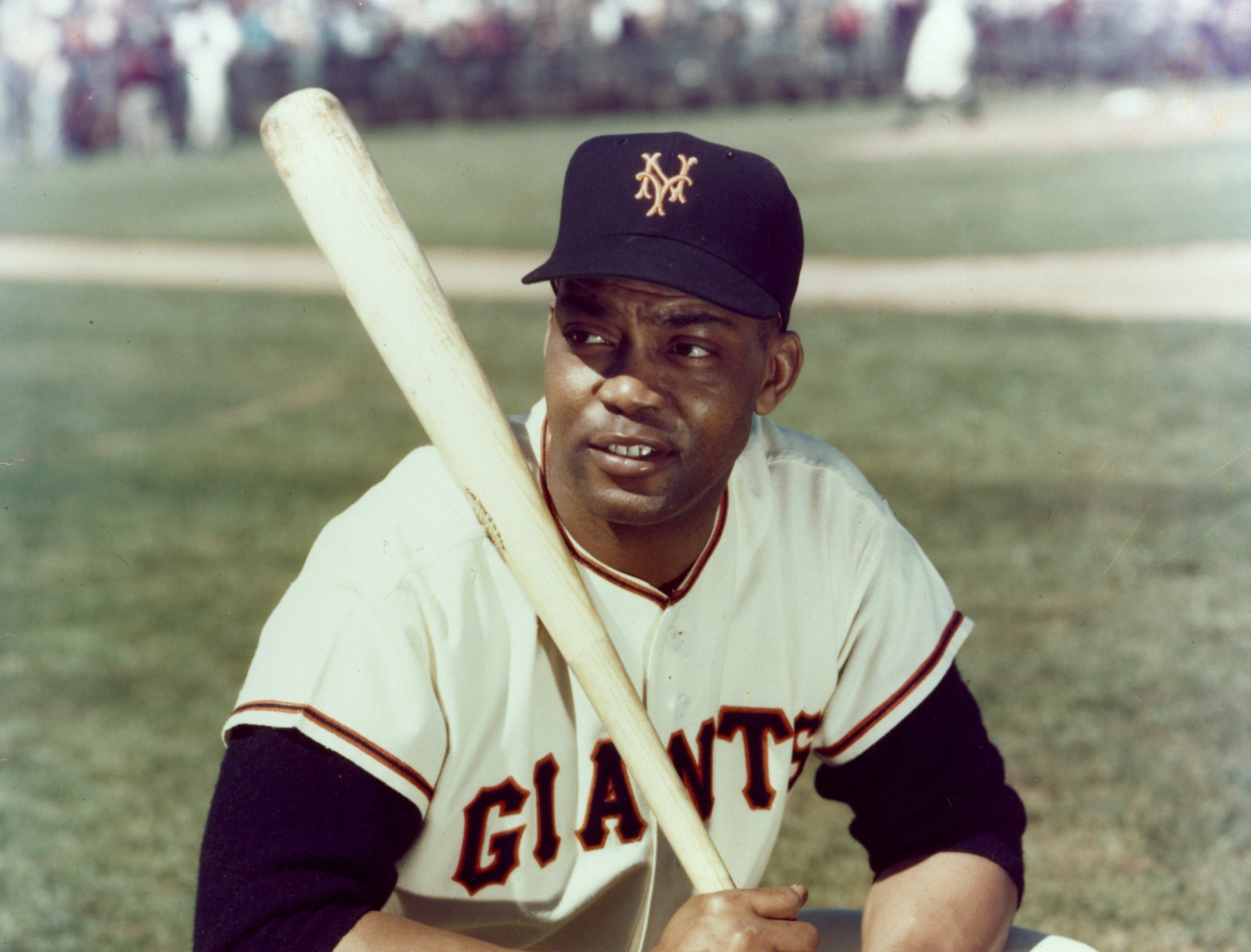
Monte Irvin proved his greatness in National League

Irvin and Thompson debut for Giants
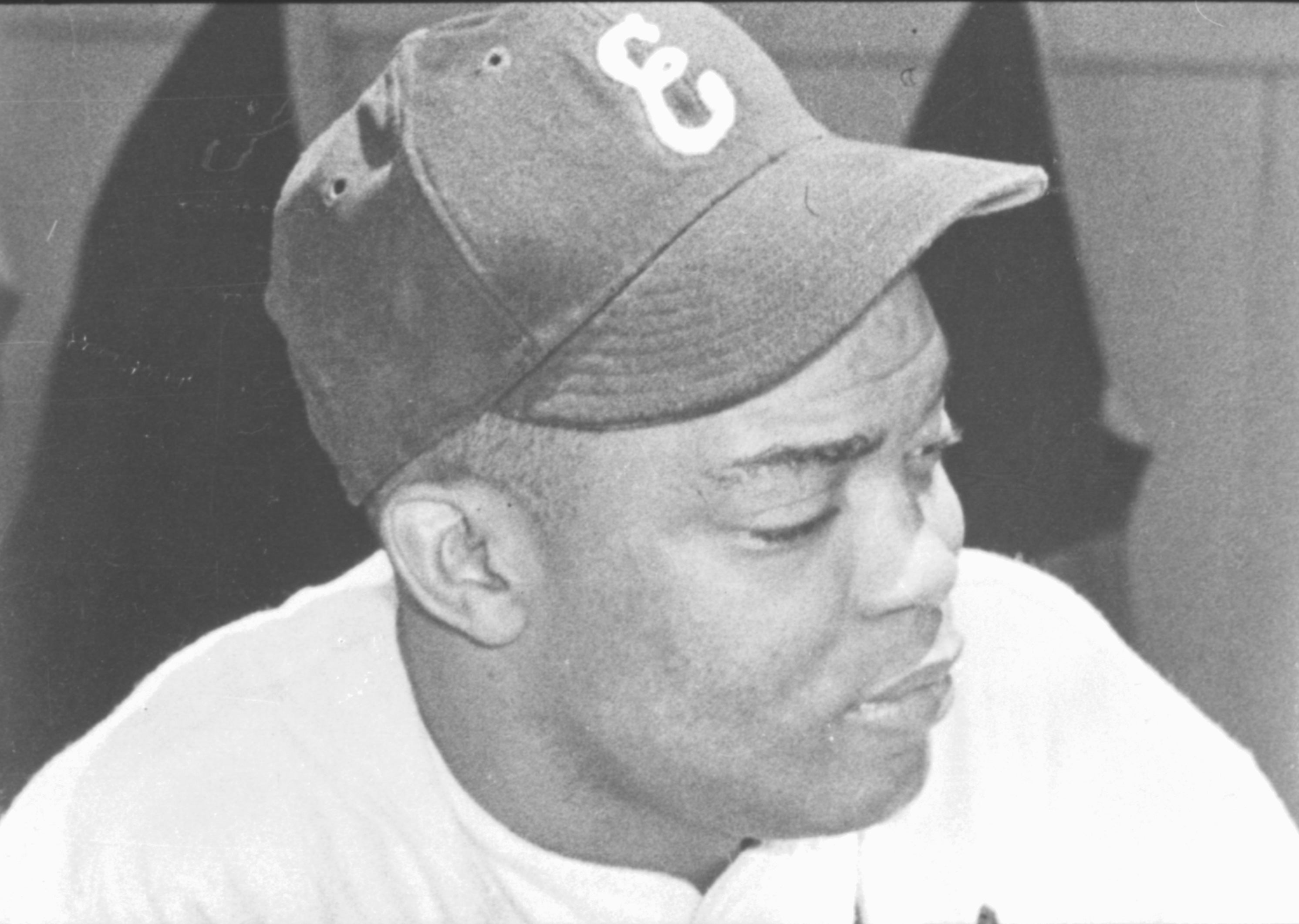
Monte Irvin Remembers

Monte Irvin proved his greatness in National League

Irvin and Thompson debut for Giants


